You’ve just been revived from cryo-sleep aboard Station Argo, but not where you expected. Alarms signal that there are xenos on board–time to get to the escape pods!
At a glance: Argo is for 2 to 4 players, ages 13 and up, and takes about 40 minutes to play. It was designed by Serge Laget and Bruno Faidutti, published by Flatlined Games, and is currently seeking funding on Kickstarter, with a pledge of €30 (about $32) plus shipping for a copy of the game. While the game does involve being trapped on a spaceship with killer aliens, it’s not gory and only as violent as you want to make it, so I think younger kids would still be able to play it as well, perhaps as young as 10.
New to Kickstarter? Read our crowdfunding primer.

Components:
- 28 Module tiles (including 1 large Waking Room tile)
- 6 Escape Pod tiles
- 1 Score Track
- 4 player score markers
- 60 Activation tokens (15 in each color)
- 20 player figures (5 each in 4 player colors)
- 5 Alien figures
- 3 Alien score tracks (for 2, 3, and 4 players)
- 3 Difficulty Level tokens
- 2 Player Aids
Note: these components may be subject to change. Flatlined Games originally launched a Kickstarter campaign for Argo in October, with cardboard standees for all of the player figures and aliens. However, after getting flooded with requests to add plastic miniatures as a stretch goal, they decided to postpone the campaign until after the holidays in order to launch with miniatures planned from the start. (A wise decision, in my opinion, because adding plastic miniatures really changes the production cost and timeline, and isn’t something that should just be tacked onto a campaign.)
The prototype copy I’ve played uses the cardboard figures and isn’t final quality, but the artwork by Miguel Coimbra and the gameplay is mostly final.

The module tiles all have a few icons on them–how many astronauts fit in it, whether has an alien in it, and what the module does. The tiles are language-independent, but that means you may be referring to the player aid the first few times you play until you remember what all the rooms are for.
The art is pretty nice: a top-down view of the various parts of the station, with yellow-and-black striping on the open hallways to make it easy to tell where there are open ends.
I haven’t seen the plastic figurines yet, but the illustrated figures are some of your sci-fi standards: a grunt with a big gun, a lady in a full body suit, a robot, and so on.
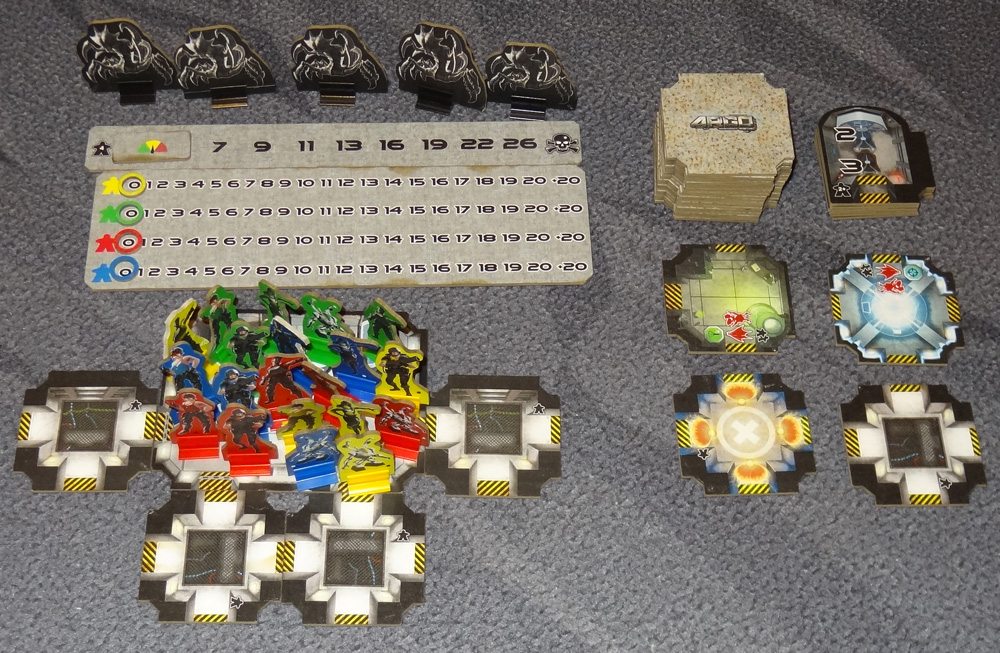
How to Play
You can download a PDF of the rules here.
The goal of the game is to score the most points by killing aliens, using aliens to kill your opponents’ astronauts, and getting your own astronauts to the escape pods. But be careful: the aliens also have a scoring track, and if they kill enough astronauts, they win.
To set up, each player takes all the figures and activation tokens of their color. The figures are placed in the Waking Room tile in the center of the table. Four random corridor modules with no Alien symbols are attached to the four entrances to the Waking Room. (Note: in these photos, you’ll see a couple of non-corridor rooms attached directly to the Waking Room–that was an error on my part.)
The rest of the tiles are shuffled into a stack, and the top four are revealed in a row. The escape pods are placed in a stack, with the highest scores at the bottom. (For fewer than 4 players, you’ll remove some of the pods.)
The player scoring track and alien scoring track are set to the side. Place the difficulty level token on the beginning of the alien score track–the larger token is for a higher difficulty, because then the aliens start with a higher score.

On your turn, you do the following phases: Alien phase, Building phase, Action phase.
Alien phase: If there are aliens on the board, you must move one Alien one space. If an alien enters a space with an astronaut, it kills the astronaut, which is then placed on the alien score track, and you also get 1 point (unless it is your own astronaut). Exceptions: Aliens and robots ignore each other completely. If you enter a room with a Grunt and one other human astronaut, the alien will kill the non-Grunt. If you enter a room with two Grunts, the Grunts kill the alien and the active player scores 1 point.
Building phase: Take one of the face-up modules or the top module from the stack or the top escape pod and connect it to the station. It only has to be connected by at least one doorway. If it has an alien symbol on it, place an alien on the tile (unless all the aliens are already on the board). You may only place an escape pod if there are at least 3 tiles between it and the Waking Room.

Action phase: You have 2 actions, which can be used either to move or activate tiles. You may move 2 different astronauts, activate 2 different modules, or move 1 astronaut and activate 1 module.
Movement is 1 space, except for the Explorer, who moves 2 spaces. Each module shows a capacity on it, either 1 or 2. (Each module can only hold 1 alien, in addition to the the astronaut capacity.) If you move into a module that has no more room for you, then you push another astronaut out of that module into any adjoining tile (except the one you came from). This can cause a chain reaction. If you move a Grunt into a space with an alien, it kills the alien and you get 1 point. If you move any other human into an alien, the astronaut dies, you get 1 point (if it’s not your own astronaut), and the astronaut is placed on the alien scoring track.
You may activate modules that you currently occupy. However, you may only use each module (other than Teleporters) once per game, marking it with a token so that you know you’ve used it. Also, each module may only be used twice during the entire game, so once it has two different activation tokens on it, it cannot be used again.
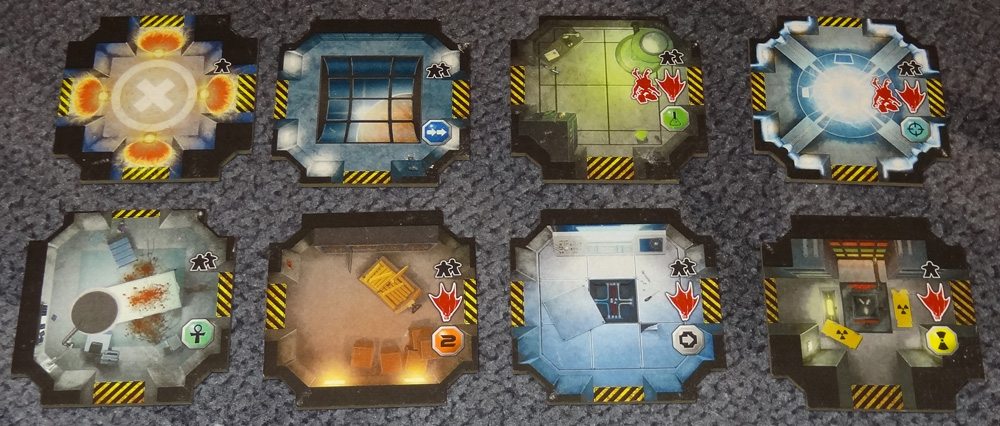
There are several different types of modules:
Teleporter: As soon as anyone moves into it, they are immediately and automatically teleported into either another teleporter tile or the Waking Room (active player’s choice). Aliens do not teleport. Stepping into a teleporter moves you before the alien eats you–though teleporting into a room with an alien causes an encounter.
Jump Room: Move the astronaut who activated this module twice.
Laser: Kill an alien in a room adjacent to any of your astronauts. You may not activate this room with your robot, but you may kill an alien that’s adjacent to your robot.
Infirmary: Heal an astronaut: take it from the alien score track (sliding everyone back as needed) and put the astronaut into the Waking Room.
Lab: Swap an astronaut in the station with an alien in the station. This cannot be used to send an alien into the Waking Room or an escape pod. Robots may neither activate the room nor be swapped.
Control Room: move and/or rotate one of the non-escape pod modules. The station must still be one contiguous map afterward.
Time Machine: This is the only module you may activate when it’s not your turn if you have an astronaut present. You may interrupt another player’s action by activating this module in order to get 1 free immediate action (move or activate) and then the active player resumes their turn, changing their interrupted action if desired.
Warehouse: Score 2 points.
If you move into an escape pod, you put your astronaut on the lower of the two scores. The escape pod will activate automatically either when both seats are filled or when an alien moves into the room next to it (if it’s not empty). Then the escape pod is removed from the board and the astronauts inside score points.
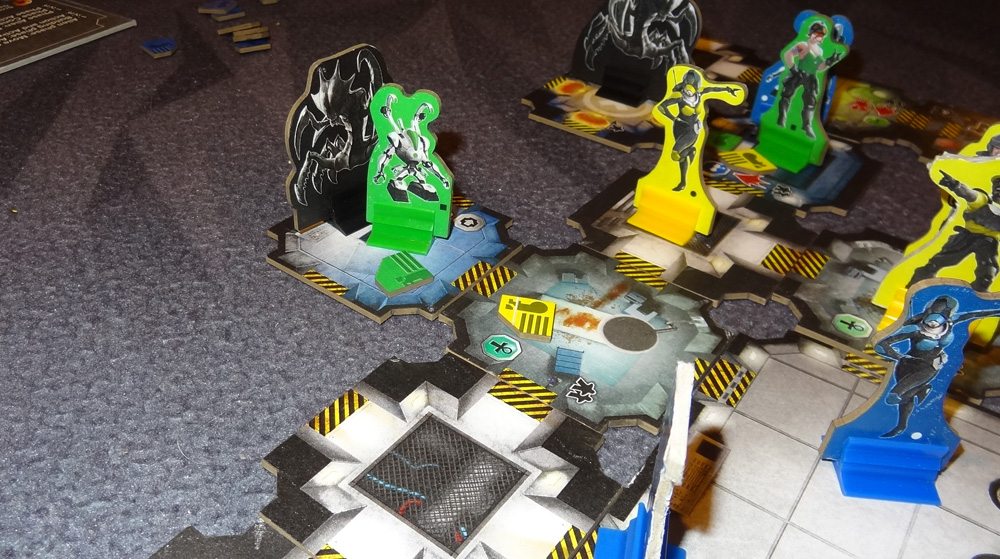
Each astronaut has a different ability. Some have been mentioned above, but here are oall of them:
Explorer: Moves two spaces for one action.
Pilot: When entering an escape pod, may move it immediately and reconnect to station, or launch immediately to score points, or stay put.
Robot: Ignores aliens, and is ignored by aliens.
Grunt: Can kill aliens under particular circumstances.
Chief: Is worth double points–if a Chief is killed, he is worth 2 points; if he scores points, he gets double.
The game ends immediately if all 6 escape pods have launched. Or, if the last tile is placed on the station, everyone will get one more turn. Finally, if one player has no more astronauts (they’re all killed or on escape pods) then everyone else gets one more turn.
The highest score wins, with ties going to the player with the most escaped astronauts. However, if the aliens scored higher than the highest player, or if the aliens reach the end of the score track, everyone loses to the aliens.

The Verdict
Argo has a lot of what you’d want out of a sci-fi board game: characters with special powers, rooms with different abilities, and–of course–killer aliens. It also has something I didn’t expect: cramped corridors. Although the tiles themselves are physically big enough to hold maybe four figures, you’re only allowed one or two figures per tile. As you play, it gives the impression of everyone shoving around in tight quarters. “Move over! There’s an alien behind me!”
Those tight corridors are actually a significant part of the game: figuring out how to manipulate astronauts to the right places using the chain reactions is crucial to success, whether you’re shoving your own Chief into a high-scoring escape pod or shoving a Grunt into a room to kill an alien. The Teleporters make things particularly tricky.

I also found it interesting that the later escape pods are the ones with the highest score. There’s a tension between hanging about on the station until the last minute (in which case they’re more at risk of being killed by aliens) or hopping on an escape pod as soon as you can find one but scoring fewer points. There’s also the tension of trying to figure out which of your astronauts to get to the escape pod first: the Grunt and Robot have the easiest time moving around the ship, so it’s easier to get them to the pods, but then you don’t have them around to protect you against aliens. The Chief’s double-score power is most useful if you can wait until the last pods appear, but it also makes him a big target for the other players to kill with the alien.
Finally, I liked the idea of giving the aliens their own scoring track. In the games I played we were a little too nice (or scared of putting too many aliens on the board) and tended to get points by killing aliens or escaping on the pods, rather than using aliens to kill other players. But for the more aggressive players, there’s a balancing mechanism because killing off too many astronauts could ultimately cause you to lose.
Despite the sci-fi action theme, the game feels more puzzle-like, with players trying to pick the best possible tile to place and planning out their chains of movement. I haven’t played yet to pick up an optimum strategy, but getting your Chief onto a valuable escape pod seat definitely gives you a huge boost.
I’ve enjoyed Argo and I’m excited to see how the Kickstarter campaign goes this time around. While I would play this game with cardboard figures or plastic miniatures, I think the minis will be a big draw for the Kickstarter gamer crowd.
For more information, check out the Argo Kickstarter page.
Disclosure: I received a prototype of this game for review purposes.



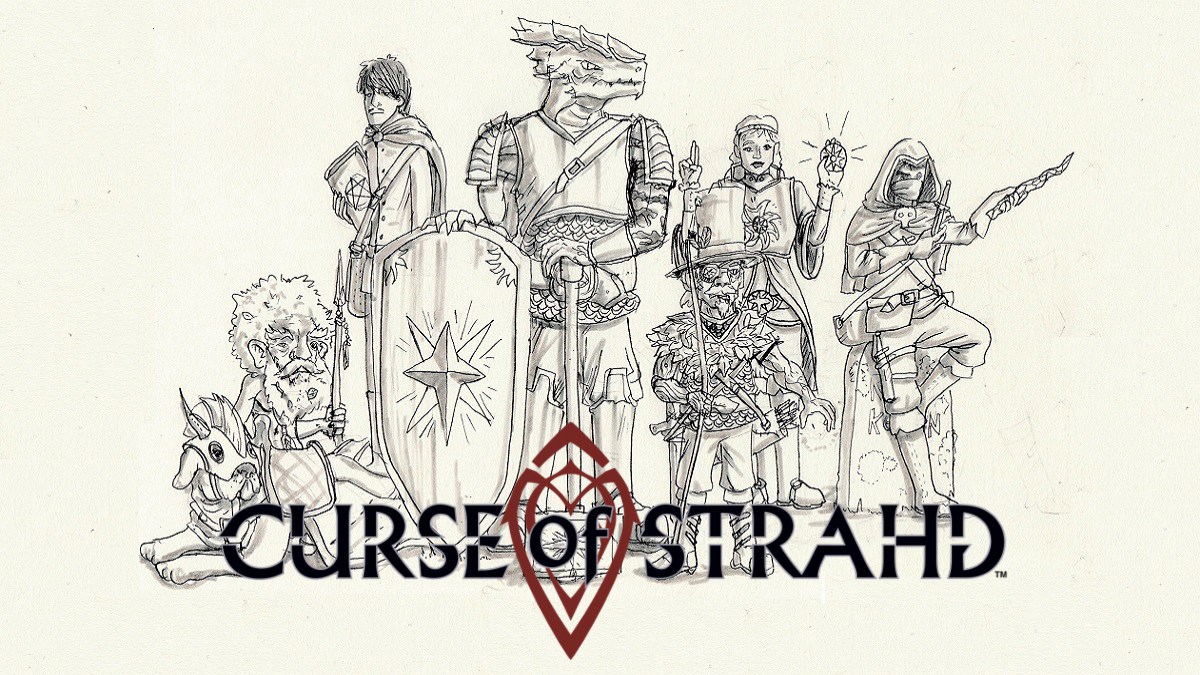

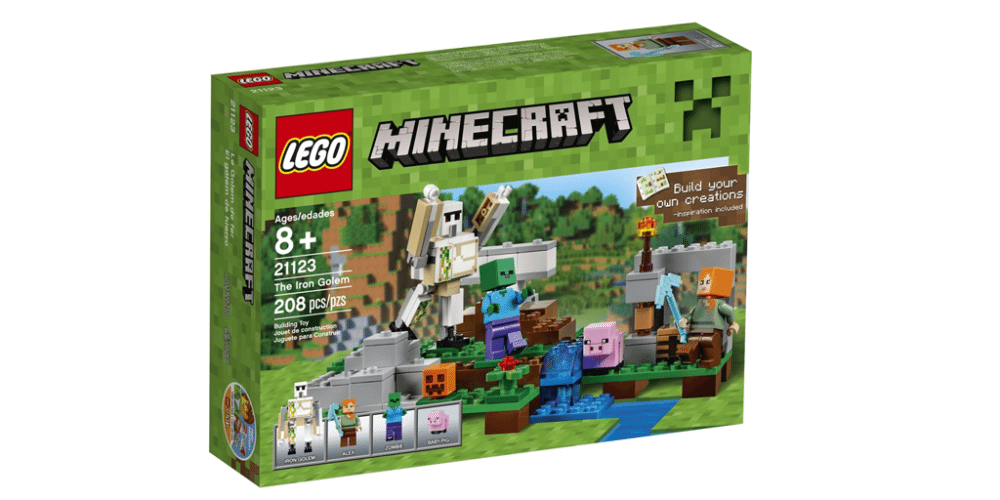
Is Argo sort of like Zombies!!! but with aliens?
I’d say not like Zombies!!! because you don’t roll dice for movement, and death works quite differently than in Zombies!!! also.
Zombies!!! was my first thought too. I know the official Zombies!!! rules aren’t close, but I swear we’ve played with alternate rules that sound almost just like Argo.
Thank you for the review!
Josh, Argo is more like Drakon mixed with Space Hulk : no luck, all planning, puzzles and movement.
Looks like a dose of Forbidden Island is tossed in there, too.
Maybe, but I gotta say: this is NOT a cooperative game! You have your group that you’re trying to get off the ship, but you don’t really care if anyone else survives. 🙂
We’ve added a print and play version, so everyone willing to try Argo can do so before joining us on Kickstarter!
http://www.flatlinedgames.com/files/games/argo/rules/argo_pnp.pdf